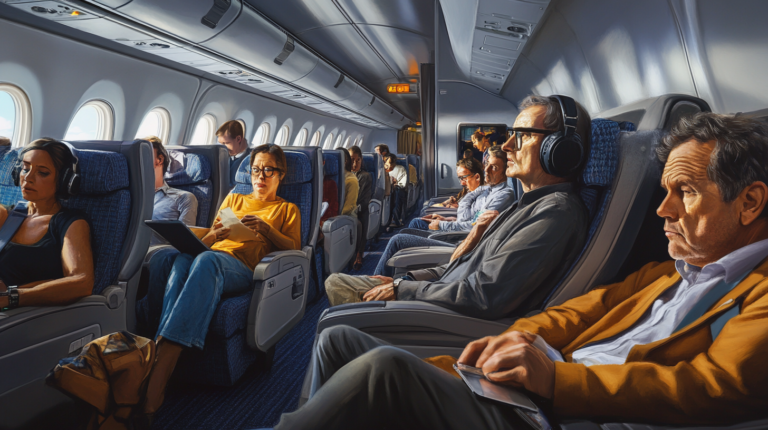Why We Love or Hate Airport Duty-Free Shopping
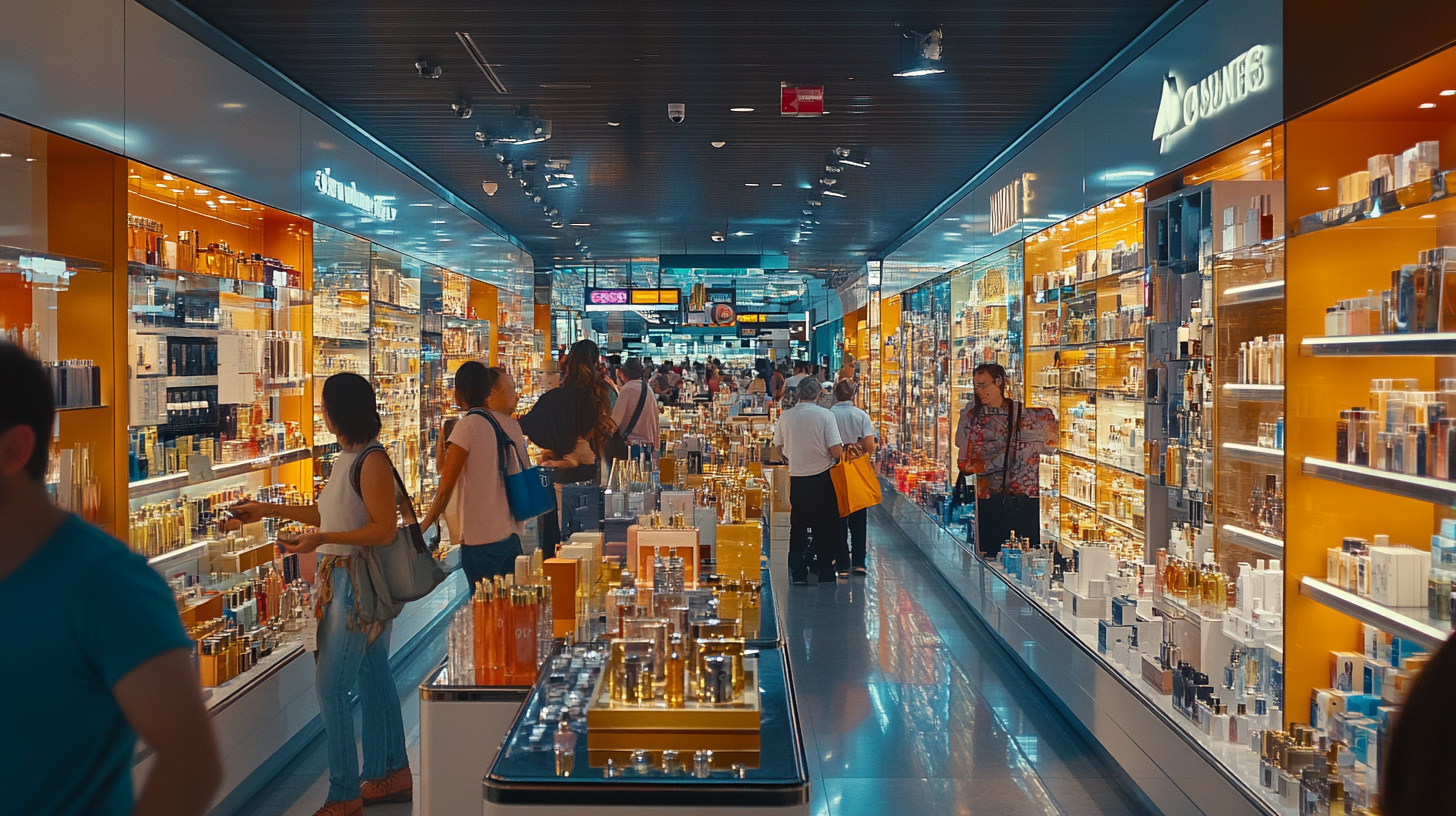
Exploring the Psychology Behind Duty-Free Purchases
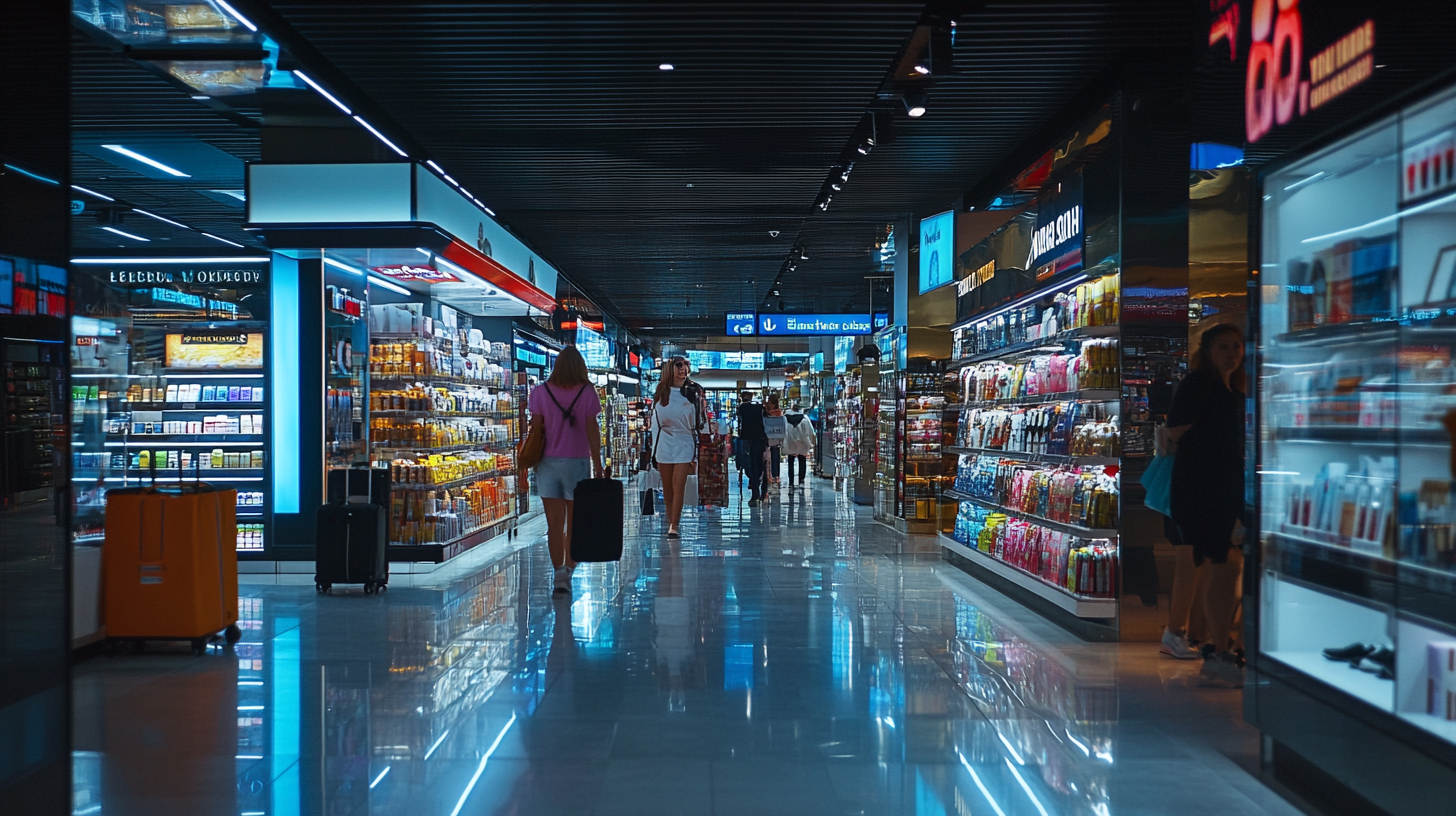
For many travelers, navigating airport terminals isn’t just about getting from point A to point B; it’s an opportunity to indulge in the allure of duty-free shopping. The brightly lit stores, the intoxicating scents of designer perfumes, the glittering displays of high-end watches and jewelry, and the promise of tax-free luxury goods create an environment that stimulates the senses. This sensory overload, combined with the excitement of travel, can make duty-free zones both enticing and polarizing. The psychological impacts of sensory marketing in retail environments significantly influence how travelers perceive and interact with these spaces. While some find joy in hunting for exclusive deals and souvenirs, others view these shopping areas as high-pressure environments designed to exploit impulse buying. But what drives these contrasting perceptions? Why do some embrace duty-free shopping as a cherished part of their travel experience, while others approach it with caution and skepticism?
The Origin and Evolution of Duty-Free Shopping
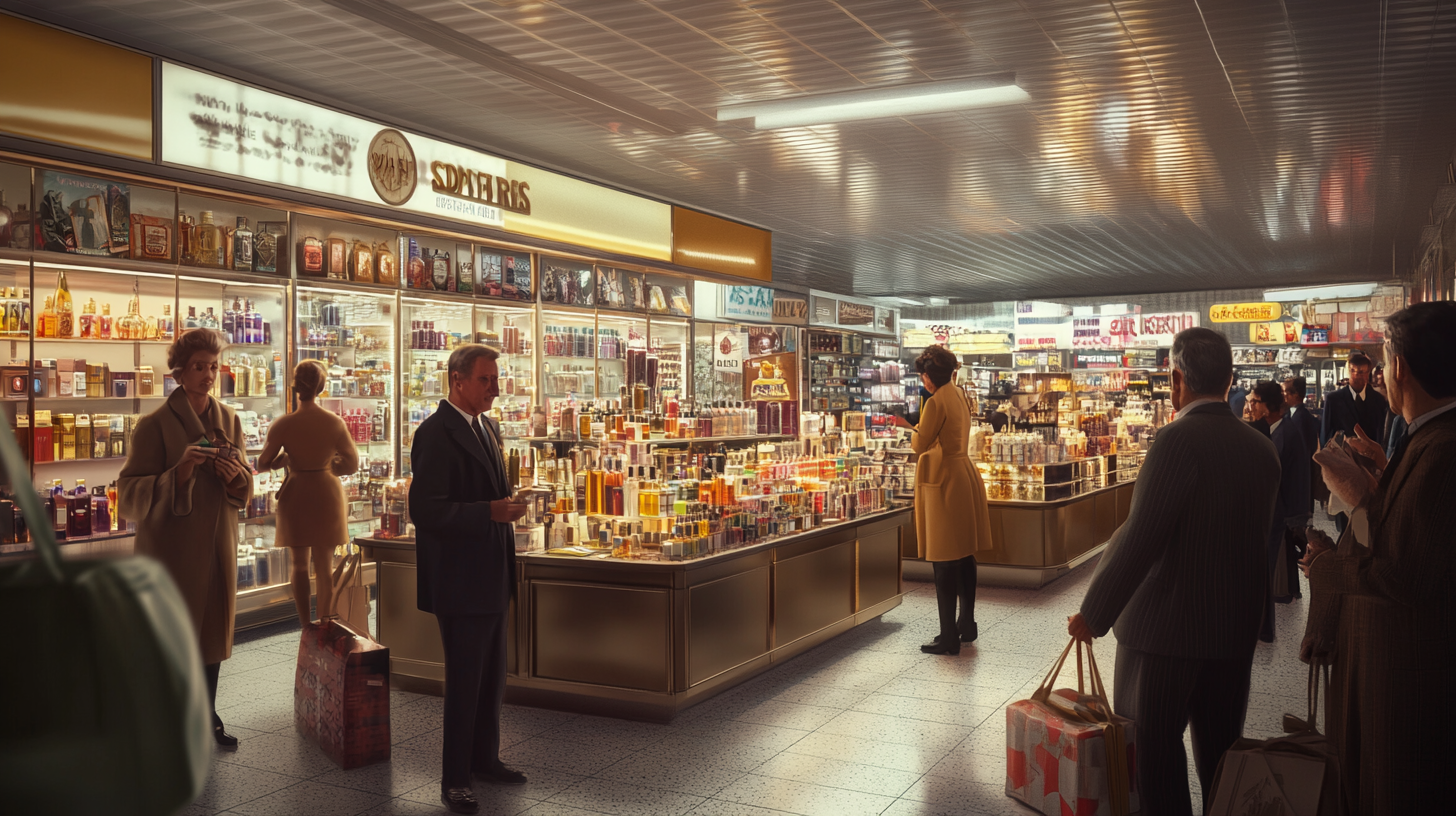
Duty-free shopping has a rich history that dates back to ancient free-trade practices, where merchants would trade goods without the burden of local taxes or tariffs. The modern concept of duty-free shopping was pioneered in 1947 at Ireland’s Shannon Airport, a strategic refueling stop for transatlantic flights. Recognizing an opportunity, Brendan O’Regan established the world’s first duty-free shop in 1952, transforming Shannon Airport into a bustling commercial hub. This innovative idea capitalized on the unique position of international transit lounges, allowing travelers to purchase goods without paying local import taxes. The success of Shannon’s duty-free shop sparked a global phenomenon, leading to the expansion of duty-free retail in airports worldwide. The history and development of global duty-free retail illustrates how these tax-free zones have evolved into significant revenue sources for airports and have become integral to the travel experience.
The Allure of Duty-Free: Why We Love It

Potential Savings on High-Tax Items

One of the primary attractions of duty-free shopping is the potential savings on items heavily taxed in local markets, such as alcohol, tobacco, perfumes, cosmetics, and luxury goods. For instance, a bottle of premium whiskey that might cost significantly more in domestic stores can be purchased at a fraction of the price in a duty-free shop. Travelers can sometimes save up to 20-30% on these products, especially in regions where local taxes and import duties significantly inflate retail prices. These savings are particularly appealing for luxury items like designer handbags, Swiss watches, and high-end electronics, where even a small percentage off equates to substantial cash savings. The allure of getting a deal on coveted items adds to the excitement of travel, making duty-free shopping a highlight for many. Moreover, the impact of tax and duty on luxury goods pricing provides insight into how these savings influence purchasing decisions among international travelers.
Exclusive Products and Convenient Shopping

Duty-free shops often offer exclusive products and limited editions not readily available elsewhere. For example, a perfume brand might release an airport-exclusive fragrance, or a chocolate manufacturer might offer travel-sized assortments unique to duty-free outlets. This exclusivity creates a sense of urgency and novelty, enticing travelers to make purchases they might not otherwise consider. Additionally, the convenience of shopping during layovers or before flights allows travelers to utilize their time efficiently, turning waiting periods into enjoyable shopping experiences. Airports have increasingly transformed into sophisticated retail spaces, blurring the lines between shopping malls and transit hubs. According to industry reports, over 70% of international travelers engage in some form of retail indulgence while at the airport. The role of airport retail in enhancing traveler experience explores how these shopping opportunities contribute to overall passenger satisfaction and stimulate impulse buying behaviors.
A Strategy Against Extra Fees
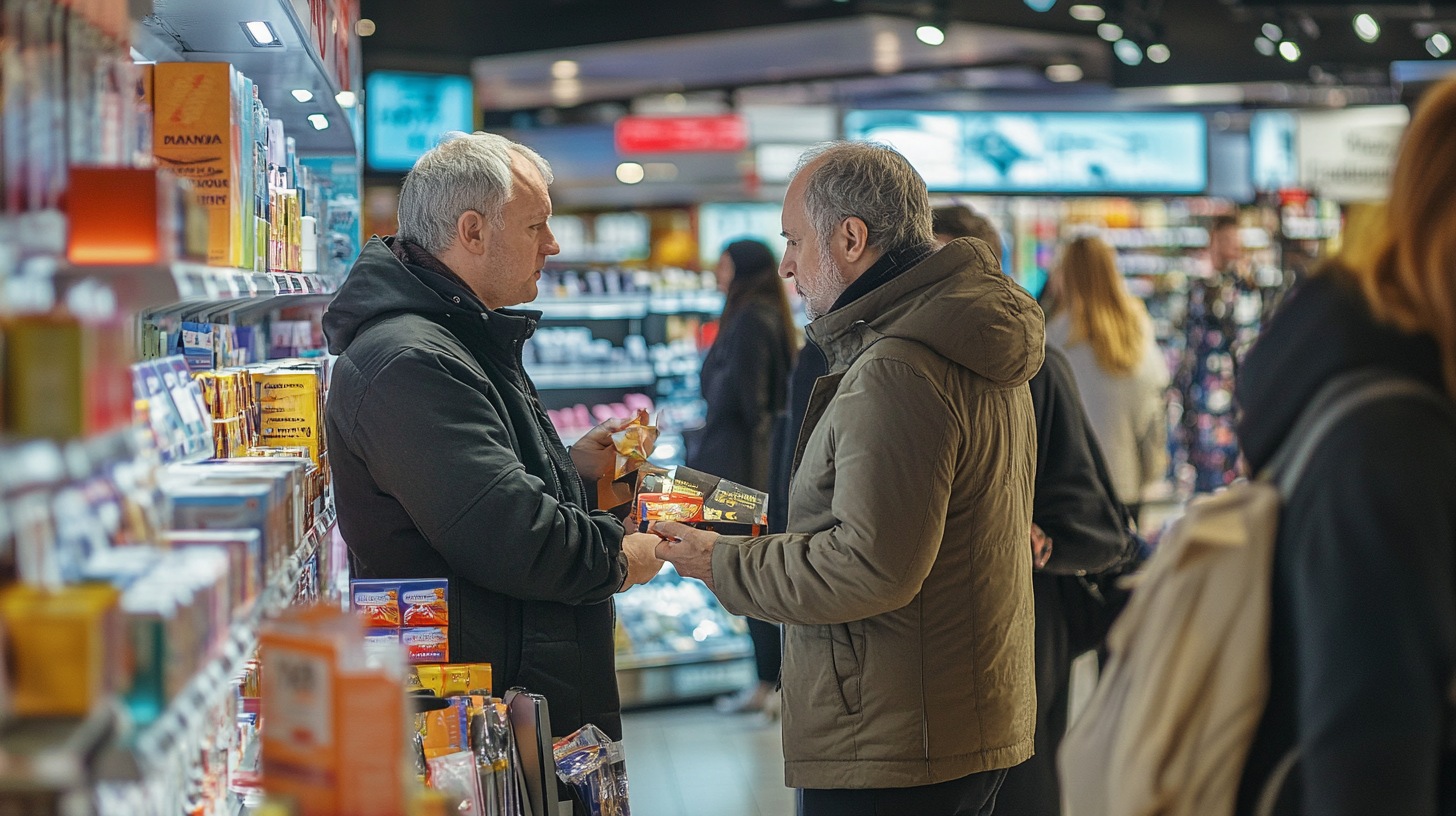
According to Alina Wang, a staff writer at Cheapism, duty-free purchases can help travelers evade extra carry-on fees. For passengers flying with strict baggage allowances, buying items in the duty-free shop after passing security means those items often don’t count towards their carry-on limits. Airlines may consider these purchases as personal items, allowing travelers to bring additional bags on board without incurring extra costs. This loophole can be particularly advantageous for those who want to maximize their luggage without paying for extra baggage. However, policies vary significantly by airline and country; some carriers are more stringent and may include duty-free bags in the carry-on allowance. Therefore, it’s advisable to check the specific airline’s policy beforehand to avoid any unexpected fees at the gate. The guide to airline baggage policies and duty-free allowances provides comprehensive information on how different airlines handle duty-free purchases and can assist travelers in planning accordingly.
The Flip Side: Why We Might Hate Duty-Free Shopping
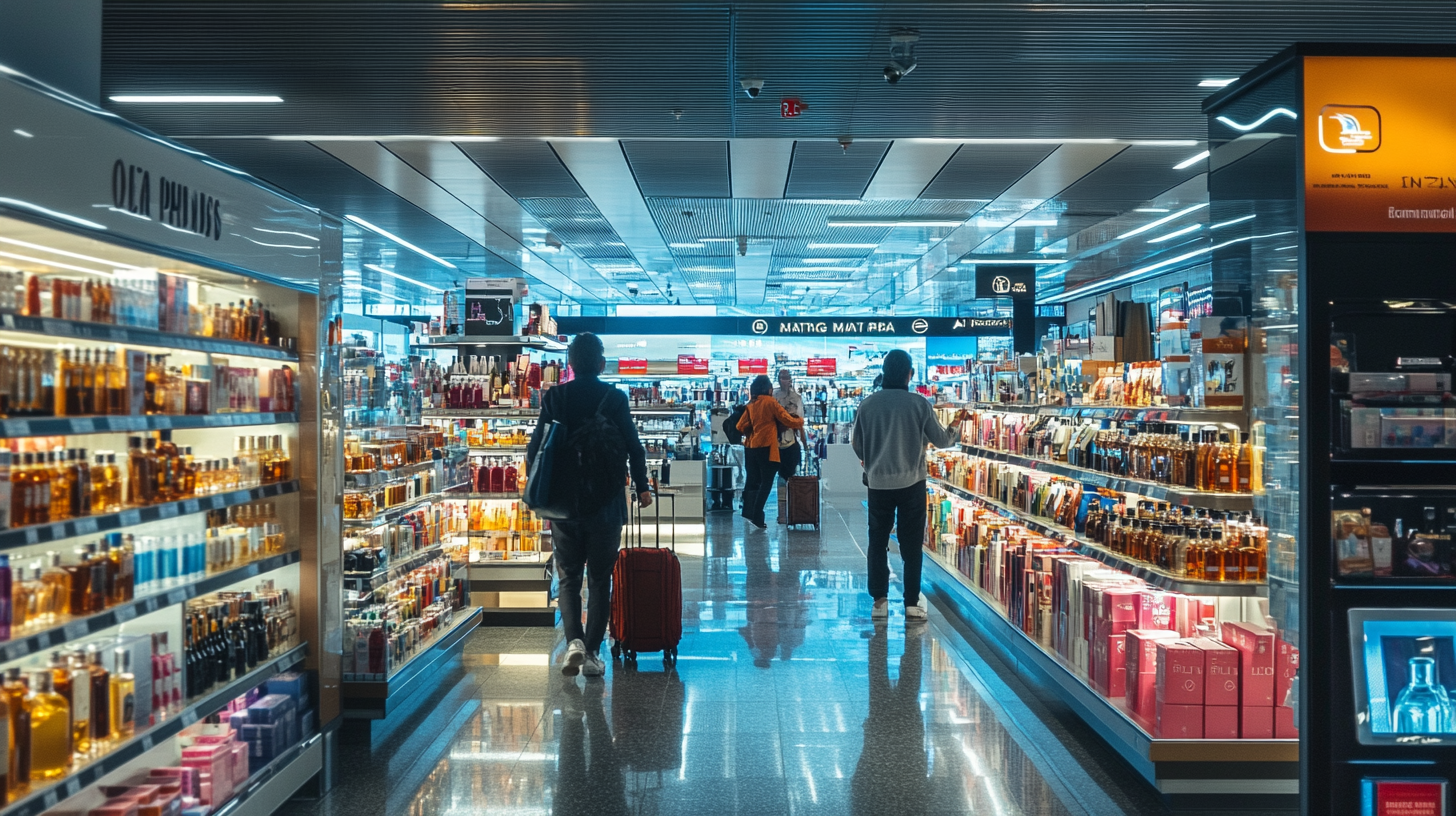
Not All That Glitters Is Gold
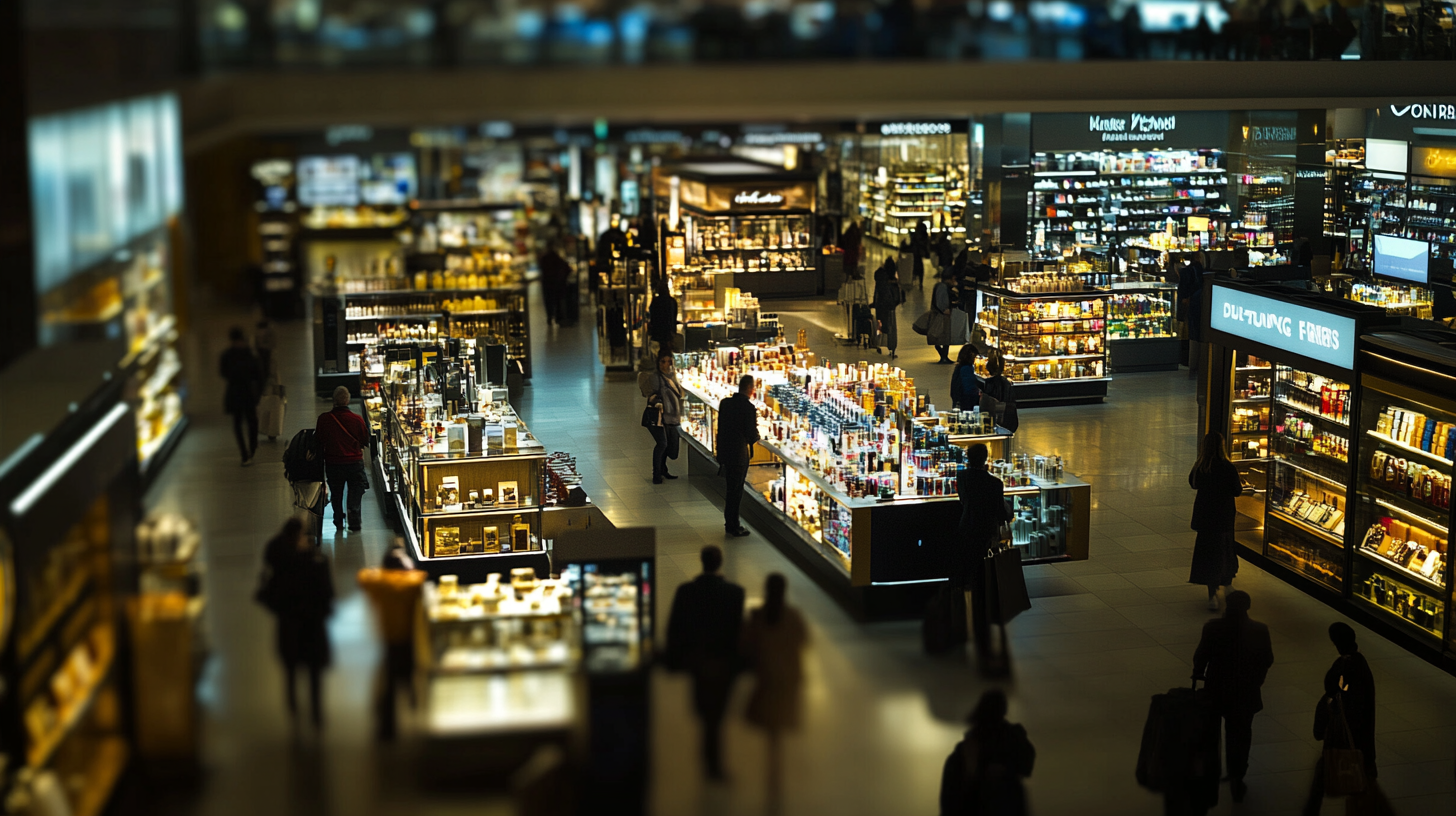
Despite the promise of bargains, duty-free shopping isn’t always the cost-saving haven it appears to be. High overhead costs associated with operating in airports—such as elevated rent, security constraints, and staffing expenses—often translate into higher prices for consumers. Premium brands may keep prices consistent globally to maintain brand image, negating any potential duty-free savings. Additionally, fluctuating exchange rates can adversely affect the final price, leading to travelers paying more than they would at home. In some cases, duty-free items can even be more expensive than in regular stores, surprising those who assumed they were getting a deal. Taxes or markups on popular items, like electronics or luxury watches, may further impact prices. The analysis of duty-free pricing strategies and consumer perceptions sheds light on why duty-free shopping may not always deliver the expected savings and how buyers can be misled by perceived discounts.
Limited Selection and Overcrowding
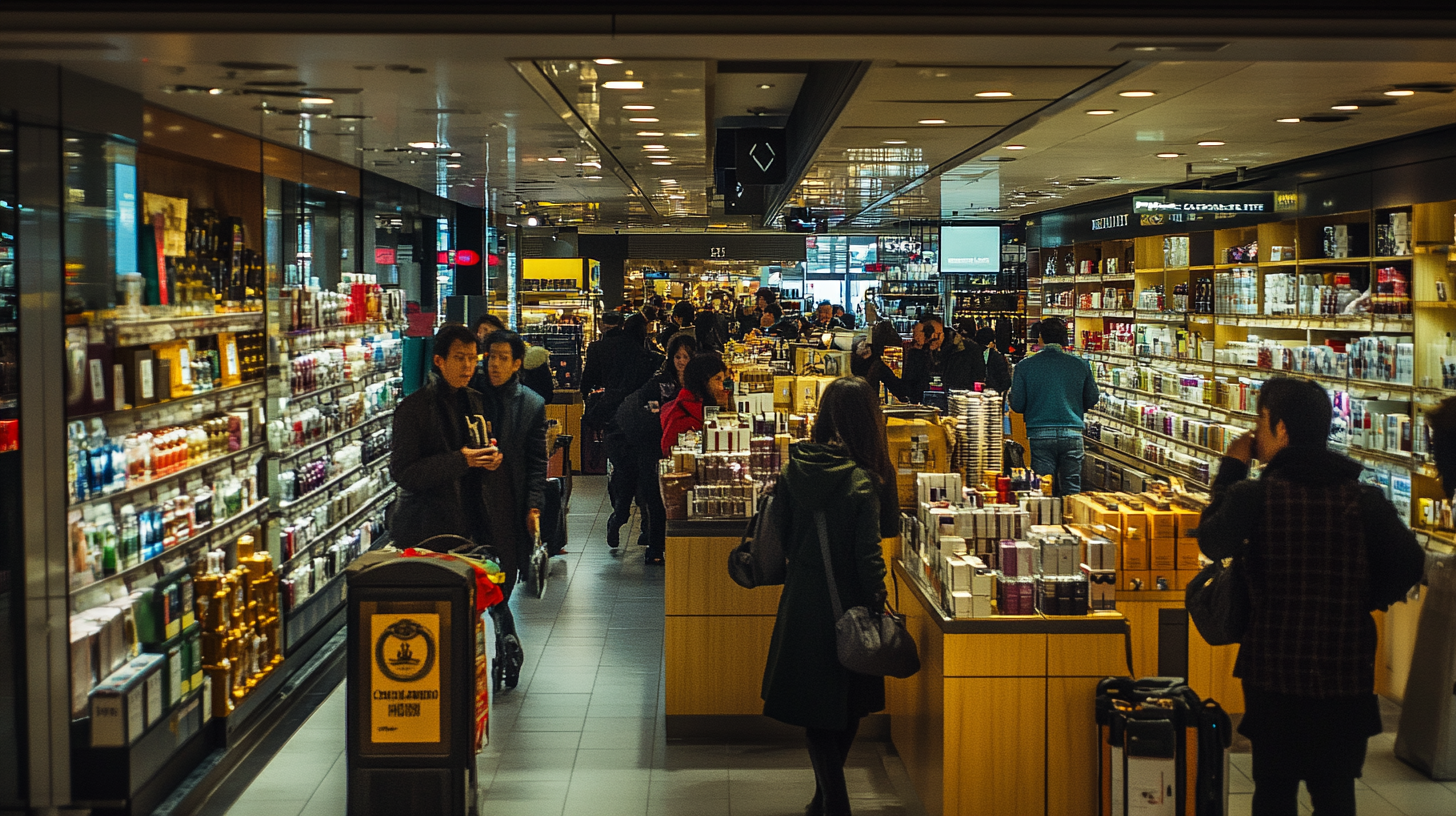
The shopping experience itself can sometimes be a deterrent. In smaller airports, the product selection might be limited, offering only a narrow range of brands and items. This lack of variety can leave shoppers unable to find what they’re looking for or forced to settle for less desired alternatives. On the other hand, major international airports can have sprawling duty-free complexes that are crowded and overwhelming. Navigating through throngs of travelers, dealing with long lines at checkout, and the pressure of limited time before boarding can make shopping stressful rather than enjoyable. Additionally, aggressive sales tactics by some staff may add to the discomfort. Alina Wang highlights these drawbacks, emphasizing that the choice to shop duty-free ultimately depends on individual preferences and the specific airport environment. The consumer experiences and satisfaction in airport retail examines how these factors influence travelers’ willingness to engage with duty-free shops and their overall satisfaction levels.
Potential Pitfalls and Hidden Costs
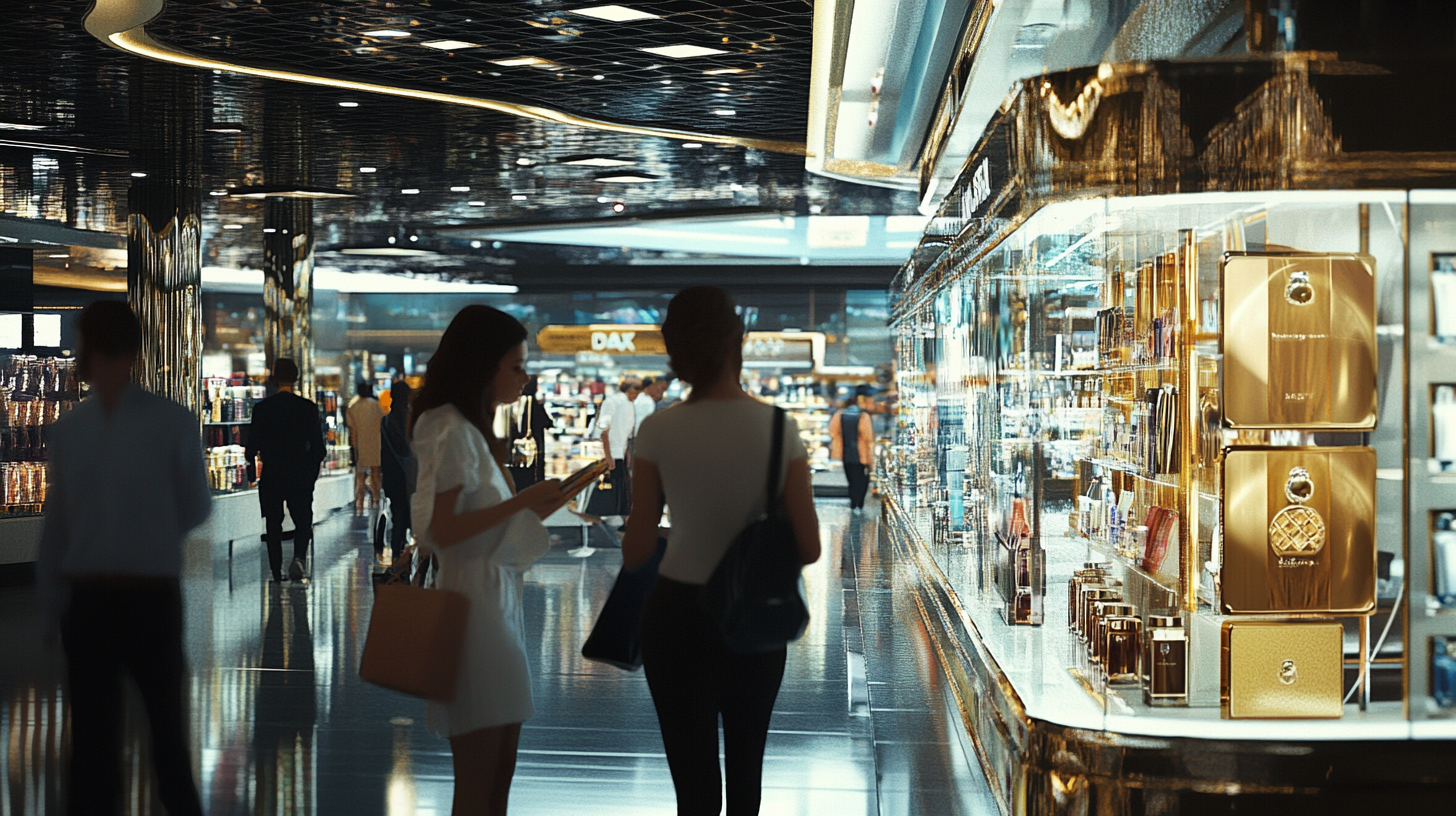
Ed Perkins, a renowned travel reporter, advises caution when approaching duty-free deals. While duty-free items can seem like bargains, not all are good deals. For example, electronics purchased abroad may lack valid warranties in the buyer’s home country, leaving consumers without support if the product malfunctions. Moreover, customs duties can apply upon return, especially if the value of purchased goods exceeds the personal exemption limits set by customs authorities. This can add unexpected costs that negate any initial savings. In some cases, failure to declare items can lead to fines or penalties. It’s crucial to understand local duty regulations, including allowable limits and declaration requirements, and to retain receipts for proof of purchase and value. The customs regulations and duty implications for international shoppers provides essential information on navigating these rules to avoid potential pitfalls and ensure a smooth re-entry process.
Navigating Duty-Free Zones Effectively: Tips and Tricks
Airport Duty-Free Shopping
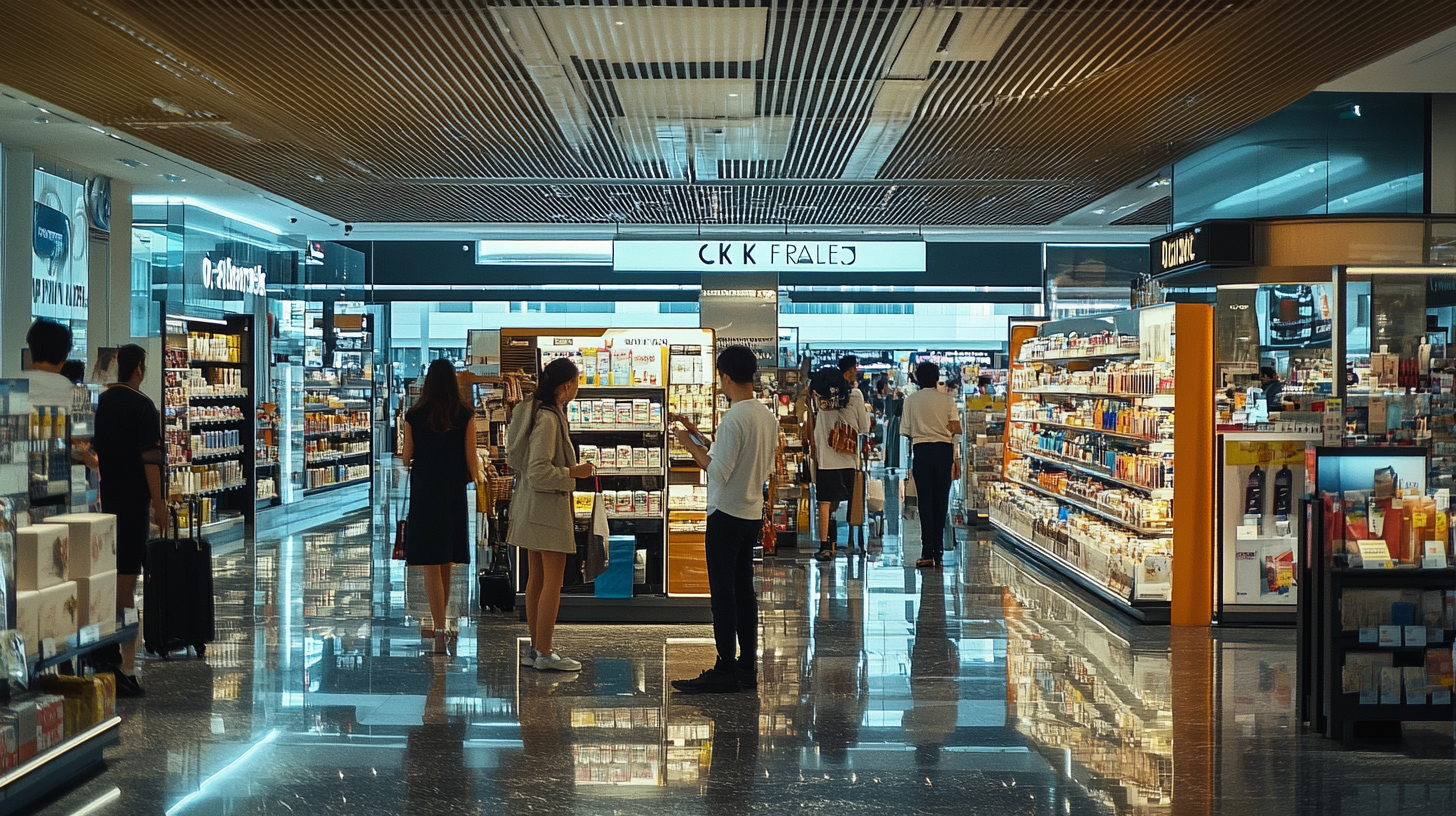
Do Your Research
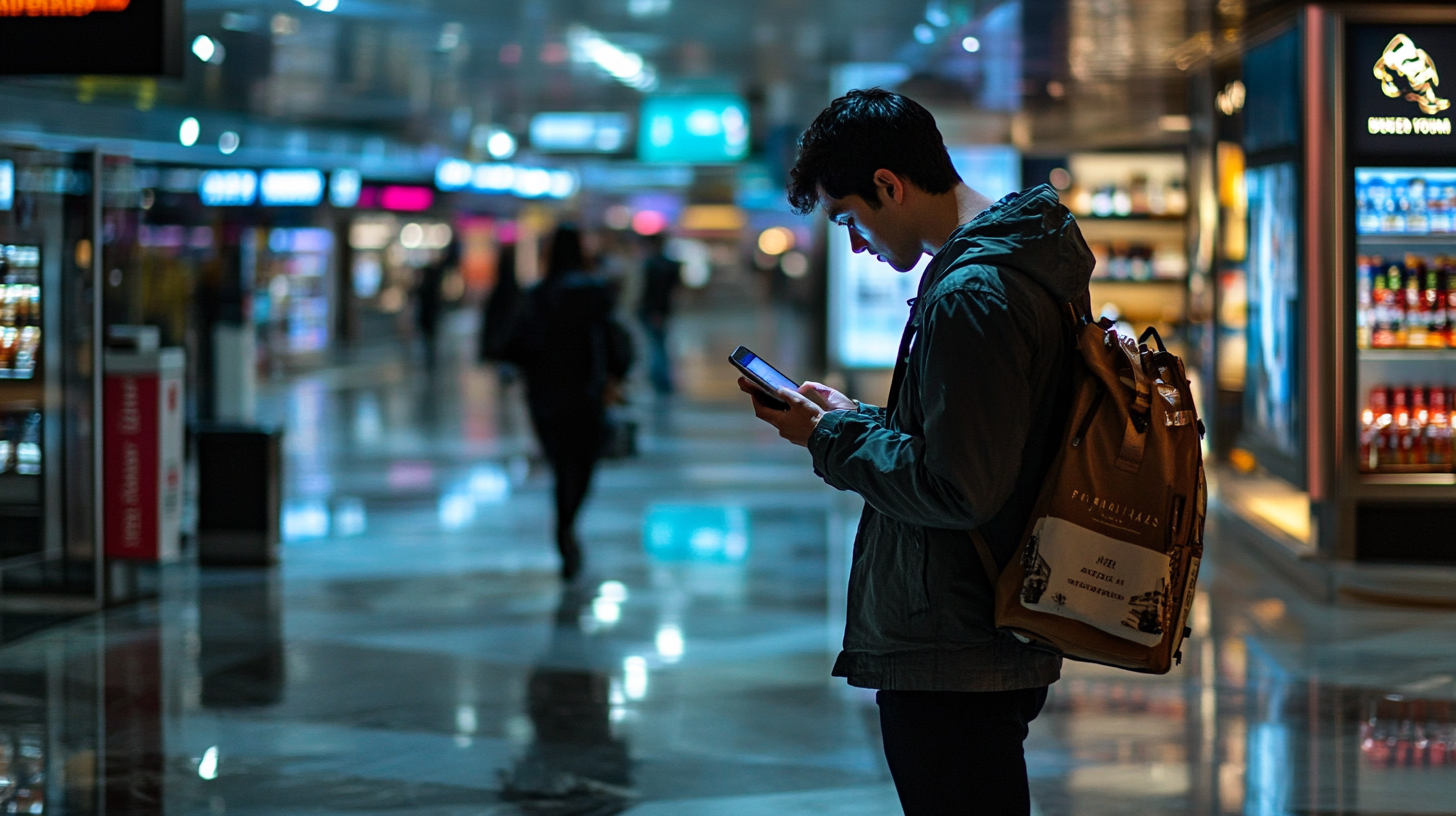
To make the most of duty-free shopping, price-savvy travelers should research and compare prices beforehand. With the internet at their fingertips, travelers can check domestic prices of desired items before heading to the airport. Prices vary significantly by location and country, and not all products are cheaper than in regular retail stores. For instance, while liquor and tobacco products might offer substantial savings, cosmetics or electronics might not. It’s wise to focus on items with high local taxes or import duties, such as luxury spirits or specialty goods, where the savings are most notable. Additionally, using mobile apps or websites that track duty-free prices can help identify genuine bargains. The tools and resources for comparing duty-free prices globally can assist travelers in making informed purchasing decisions and avoiding overpriced items.
Understand Customs Regulations
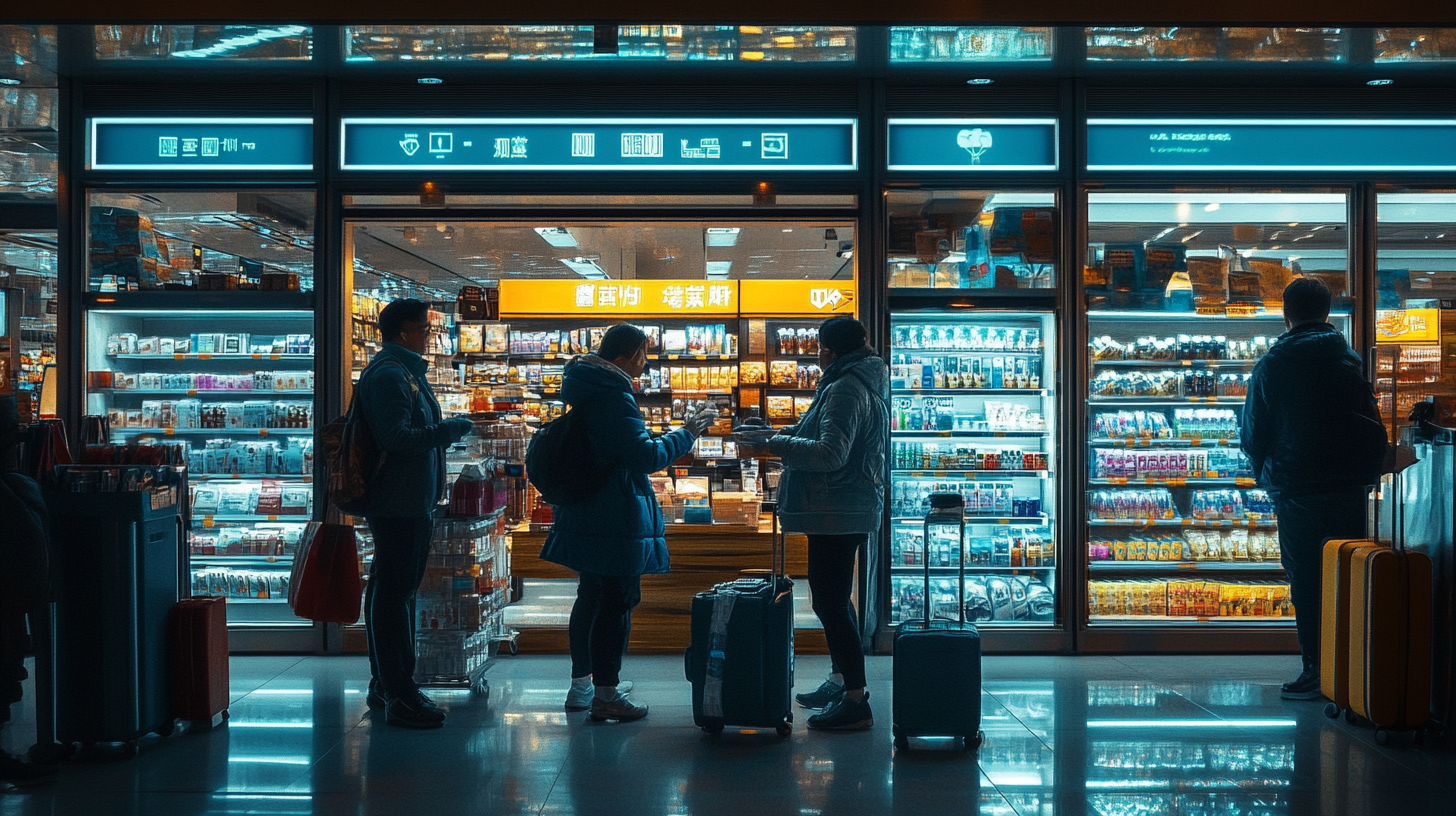
Understanding customs regulations is crucial when bringing duty-free purchases back home. Customs declarations and import limits vary by country, and exceeding these limits can result in additional duties and taxes. For instance, when returning to the United States, duty-free exemptions usually apply up to $800 per person, and families traveling together can pool their allowances to maximize their exemptions. However, specific limits exist for certain items like alcohol and tobacco; for example, only one liter of alcohol is typically duty-free. Being aware of these limits and the potential for additional duties ensures that travelers don’t face unexpected fees or legal issues upon arrival. Familiarizing oneself with the customs allowances and duty-free limits by country provides the necessary information to avoid complications and enjoy the benefits of duty-free shopping responsibly.
Leverage Loyalty Programs and Local Currency

Savvy shoppers can maximize savings by leveraging loyalty programs offered by duty-free retailers and airports. Joining these programs often provides access to exclusive discounts, promotions, and reward points that can be redeemed for future purchases. Subscribing to newsletters or downloading retailer apps can alert travelers to special deals or limited-time offers available during their travel dates. Additionally, paying in the local currency rather than opting for dynamic currency conversion can avoid unfavorable exchange rates and additional fees. Some credit cards offer favorable exchange rates and cashback on international purchases, further enhancing savings. Using transit vouchers or airport coupons, which might be provided by airlines or tourism boards, can also reduce costs. The strategies for maximizing savings in duty-free shopping highlights various methods travelers can employ to get the most value from their purchases and avoid unnecessary expenses.
Final Thoughts
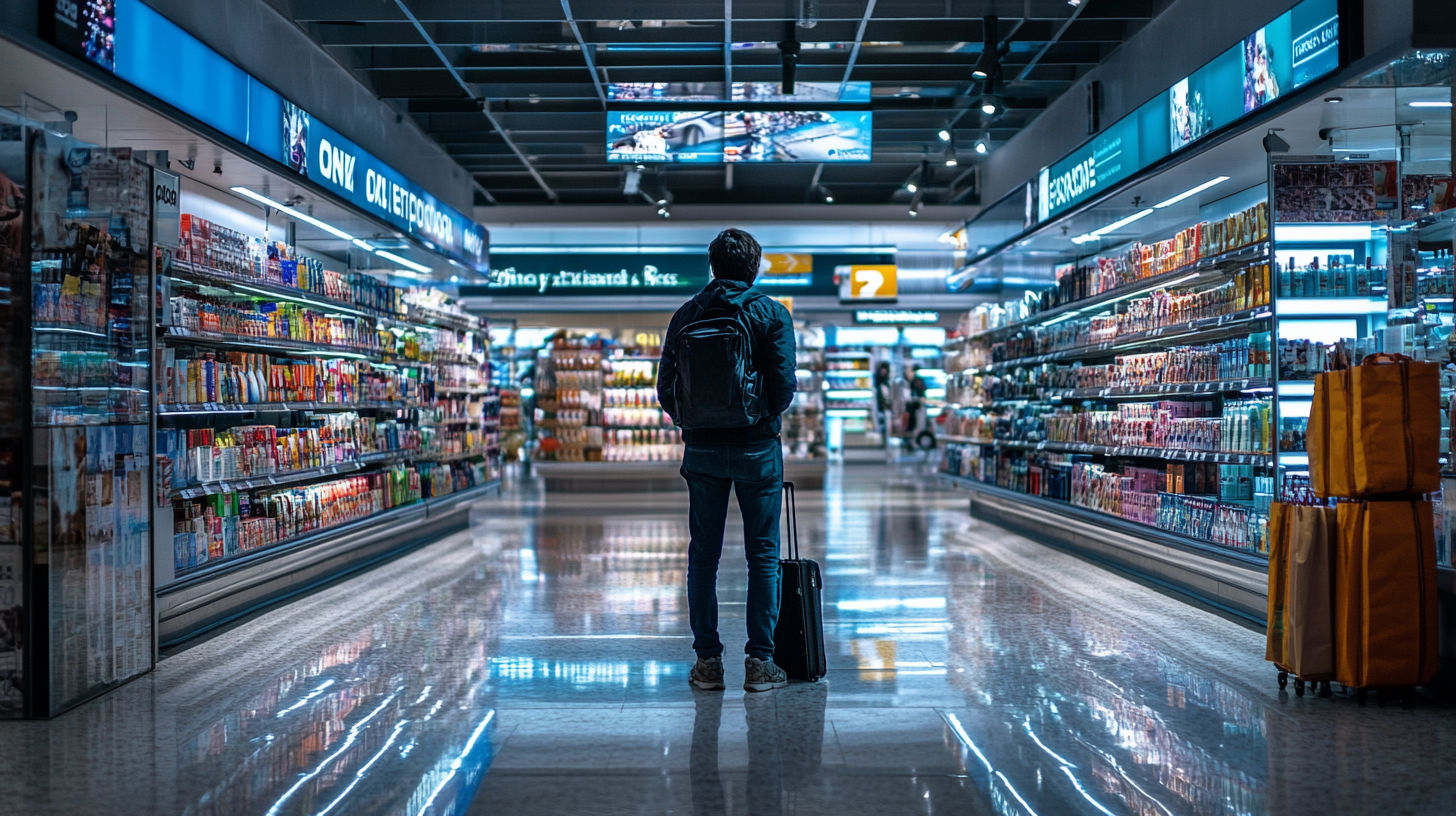
Airport duty-free shopping offers a complex mix of allure and pitfalls. By understanding the psychology behind these tax-free zones—including the impact of sensory marketing and the excitement of exclusive offerings—travelers can better navigate their impulses and make rational purchasing decisions. Being aware of potential savings on high-tax items, leveraging loyalty programs, and understanding customs regulations empowers travelers to capitalize on genuine bargains. Conversely, recognizing the limitations—such as potential markups, limited selections, and hidden costs—helps avoid common pitfalls.
Ultimately, whether drawn to the excitement of exclusive deals or cautious about the reality behind perceived savings, making informed choices allows travelers to enhance their journey. Follow us back to Seat 5A for more insights and tips on making the most of your travel experiences.




